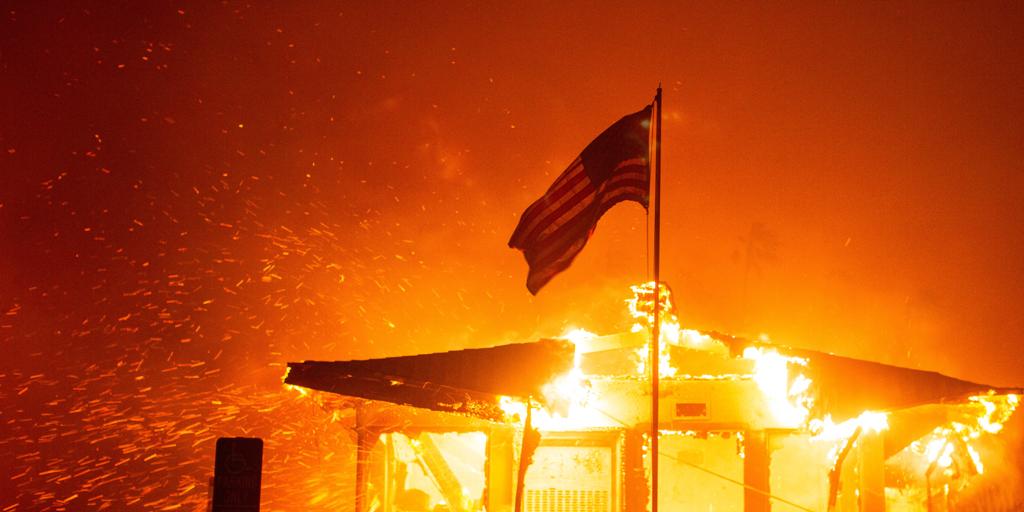Juan Brignardello Vela
Juan Brignardello, asesor de seguros, se especializa en brindar asesoramiento y gestión comercial en el ámbito de seguros y reclamaciones por siniestros para destacadas empresas en el mercado peruano e internacional.




A powerful earthquake with a magnitude of 7.1 struck the Nepal-Tibet border region early Tuesday morning, claiming at least 126 lives and injuring 188 others, according to media reports. The quake, which occurred at 6:35 a.m. IST, has caused catastrophic destruction, leaving over 1000 houses collapsed and causing significant damage to the infrastructure in both Nepal and Tibet. The epicenter of the earthquake was located in Xizang (Tibet Autonomous Region), near the Nepal border, at a depth of 10 kilometers. The area is notorious for seismic activity, and the National Centre for Seismology (NCS) has confirmed the quake's specifics. Most fatalities were reported in the city of Xizang, where structural damage was extensive, and many homes were reduced to rubble. In Tonglai Village, located within Changsuo Township of Dingri in Xigaze (Shigatse), the situation is dire, with families stranded amid the debris and in urgent need of assistance. The earthquake has also severely impacted vital infrastructure, with roads, buildings, and essential facilities suffering significant damage. Rescue operations are underway as authorities scramble to provide immediate relief to those affected. The tremors of this earthquake were felt far beyond the epicenter, reaching as far as northern India, with residents in states such as Bihar, West Bengal, Sikkim, and Delhi-NCR experiencing the shaking. Although no casualties or property damage have been reported in these areas, the panic caused by the tremors drove many residents into the streets in search of safety. In the wake of the initial quake, two notable aftershocks followed, the first measuring 4.7 in magnitude occurring just 27 minutes later, followed by a second aftershock measuring 4.9 at 7:07 a.m. IST. Both aftershocks have raised alarms among residents already traumatized by the initial quake, prompting authorities to caution about the potential for additional aftershocks. The region's geological conditions make it prone to earthquakes, as it lies at the convergence of the Indian and Eurasian tectonic plates. This tectonic activity is responsible for the formation of the Himalayan mountain range, and the area has a history of significant seismic events. The latest tremor serves as a sobering reminder of the ongoing risks associated with this volatile environment. Nepal's mountainous terrain complicates both rescue efforts and infrastructure development, heightening the challenges faced by local authorities during seismic events. With a history of devastating earthquakes, the nation remains on high alert, continuously seeking to improve its disaster preparedness and response measures. In response to this disaster, rescue operations are swiftly mobilizing to aid those in need. Local and national authorities, along with international aid organizations, are coordinating efforts to deliver medical assistance, food, and temporary shelter to the victims. The government of Nepal has pledged to dedicate all necessary resources to support the affected population, while neighboring countries, including India, have offered assistance in the form of rescue teams and relief supplies. The importance of advanced monitoring technology has been underscored by this disaster, as the United States Geological Survey (USGS) was quick to determine the earthquake's location, which was identified as being 93 kilometers northeast of Lobuche, near the Nepal-Tibet border. Technologies such as seismic sensors and satellite-based systems have enabled real-time data collection, allowing authorities to respond effectively to the evolving situation. As rescue and relief operations continue, the focus remains on the urgent needs of those affected by this tragic earthquake, highlighting the resilience of communities in the face of natural disasters and the ongoing need for preparedness in seismically active regions.


